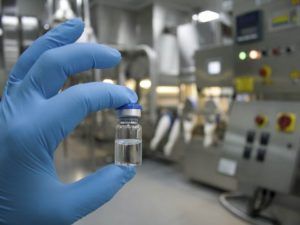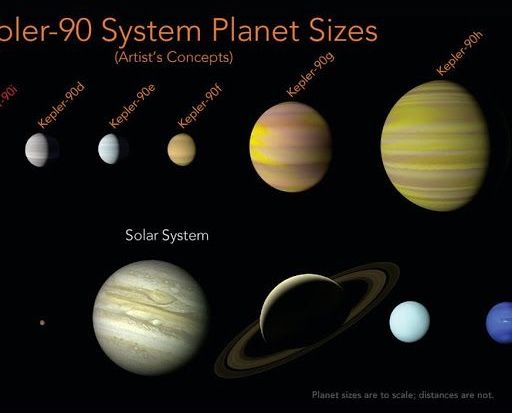https://www.spreaker.com/user/backroomstewdios/ira-pastor-bioquark
Get the latest international news and world events from around the world.








Eight planets in Kepler-90 system found using machine learning
Dec. 14 (UPI) — NASA scientists have found a planetary system with as many planets as our own.
“Scientists have found for the first time eight planets in a distant planetary system,” Paul Hertz, astrophysics division director at NASA Headquarters, said during a teleconference on Thursday that was live-streamed on NASA TV.
Astronomers were aware of seven of the eight planets orbiting the Kepler 90 star. The discovery of the new planet, Kepler-90i, was made possible by machine learning.